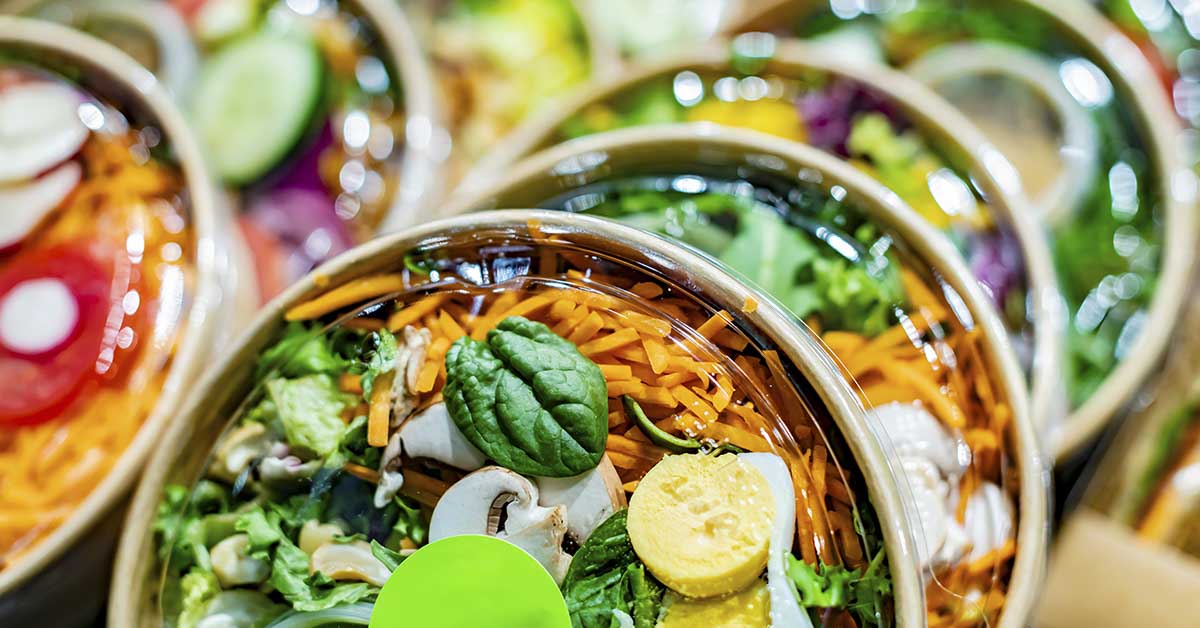Scientists tested bags of pre-washed salad from supermarkets across Europe. In the United Kingdom alone, 16% of the samples contained tiny organisms that can affect the brain. The same parasite appeared in packaged salad bags throughout the rest of Europe, but nowhere at such high rates.
Parasites in the European Food Supply
The research covered 3,293 ready-to-eat salad bags from supermarkets in 10 European countries. A parasite called Toxoplasma gondii (T. gondii) turned up in 135 packaged salad bags. One in every 25 bags contained this organism, which stays in the body permanently.
France had contamination in 6.1% of bags, Spain showed 4.1%, and Denmark had 3.8%. Norway and the Czech Republic had barely any cases. The study raises questions about why some countries have much higher rates than others.
The contaminated bags came from regular grocery stores where families shop for dinner ingredients. These results matter because people eat these greens without any additional washing or cooking.
A Cycle That Starts With Cats
T. gondii spreads through a cycle that starts with cats. When cats get infected, they release millions of spores in their waste. These spores survive in soil and water for months to years. They are resistant to freezing, drying, and most cleaning products.
It enters salad production through dirty irrigation water or contaminated soil. Unlike many germs that cause food poisoning, these spores survive the washing and packaging used for ready-to-eat greens. The winter samples had the highest infection rates, though contamination happened year-round.
Once inside the human body, the parasite multiplies quickly, then forms cysts that stay permanently in muscle and brain tissue. One-third of people already carry these dormant cysts from past exposure. Recent research shows it can alter brain chemistry and behavior in infected people, potentially affecting decision-making and personality traits.
Most healthy adults experience mild flu-like symptoms or no symptoms at all when consuming a salad contaminated with this brain-eating parasite. The immune system usually brings the active infection under control within weeks, but the cysts remain forever.
Read More: 7 Signs Of Intestinal Parasites Living Inside Your Body
Pregnancy And Compromised Immunity Create Serious Risks

Pregnant women without past exposure face the greatest danger. The parasite can cross the placenta and infect the developing baby. If this happens, the infection can cause blindness, hearing loss, learning disabilities, or brain damage. In severe cases, it can lead to miscarriage or stillbirth.
People with weakened immune systems also face serious risks. Cancer patients receiving chemotherapy, which are cancer-fighting drugs, and organ transplant patients taking immune-suppressing drugs, which are medications that prevent organ rejection, can develop life-threatening complications when dormant cysts become active again. The organism can cause brain swelling, lung infections, or damage to other vital organs.
Researchers couldn’t tell if the parasites in the food samples were still alive and dangerous. Their tests could detect as few as 10 particles in a typical 1-ounce salad portion. Since people typically eat 3-ounce salad servings, the actual exposure risk may be three times higher than detected in testing. Since typical salad portions range from 2.8 to 3.5 ounces, the infection risk cannot be easily dismissed.
Read More: There’s a Dr. Pepper Recall, Here’s What You Should Know
Standard Washing Provides False Security
Ready-to-eat salads already carry labels stating they are washed and safe to eat directly from the package. Yet, T. gondii spores are resistant to standard washing procedures. Contamination appears in products that have undergone commercial cleaning processes.

Home washing with plain water removes some spores but cannot eliminate all contamination. The pathogen sticks to leaf surfaces and lodges deep in leaf crevices that regular rinsing cannot reach. Even thorough washing with soap and water cannot eliminate all contamination, as the organism resists standard cleaning methods. Even chlorinated water, used in commercial washing, does not reliably kill these spores.
Food safety experts still recommend additional washing at home, even for pre-washed products. They acknowledge this provides only partial protection. For people in high-risk groups, avoiding raw leafy greens may be the only reliable way to prevent a future infection.
Current European food safety regulations do not require testing for parasites in fresh produce. Companies focus on bacterial contamination, which requires different control methods than those for parasitic spores.
Geographic Variations Point To Different Risks
The wide variation in contamination rates between countries suggests numerous factors affect the presence in food supplies. The United Kingdom’s 16% contamination rate has by far surpassed other nations in the study.

Countries source their salads from different growing regions with varying cat populations and sanitation practices. Weather conditions also affect how long spores survive in soil and water. Farming methods, including the irrigation water sources and fertilizer types, also influence contamination risk.
Salads grown in Western Europe showed higher contamination rates than those from Eastern Europe. Winter harvesting and Northern European packaging are also linked to higher parasite levels. Information about growing locations was often missing from product labels, making it difficult to trace contamination sources.
This geographic pattern suggests the problem comes from agricultural and processing conditions rather than random contamination events.
New Labeling Rules And Protective Measures
Starting January 2025, new European Union labeling requirements will provide more detailed information about where salads are grown and processed. This change should help health authorities track contamination sources and implement targeted prevention measures.
These findings really emphasize the need for food safety testing that includes parasites alongside bacteria and viruses, particularly in ready-to-eat packaged salad products. As the consumption of fresh, minimally processed foods continues growing, understanding and controlling all types of contamination becomes important for protecting public health.
Read More: These Bottled Water Brands Had Recalls in 2025. Check the List

